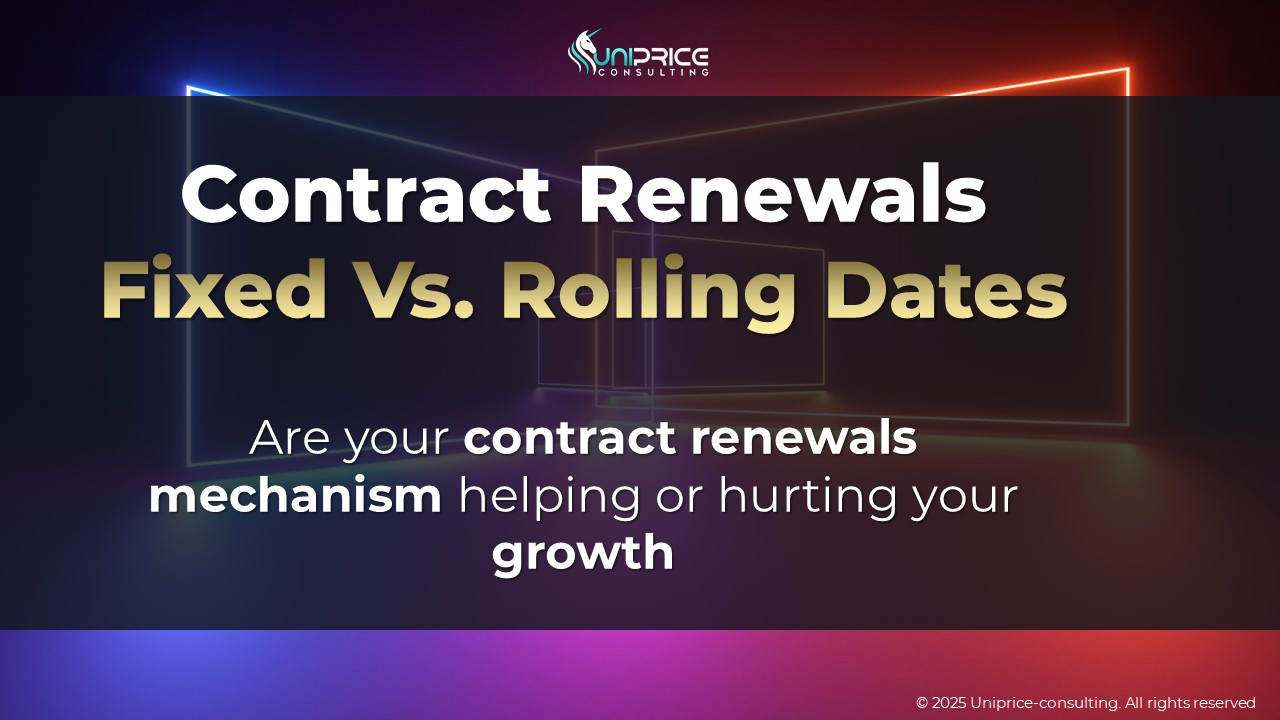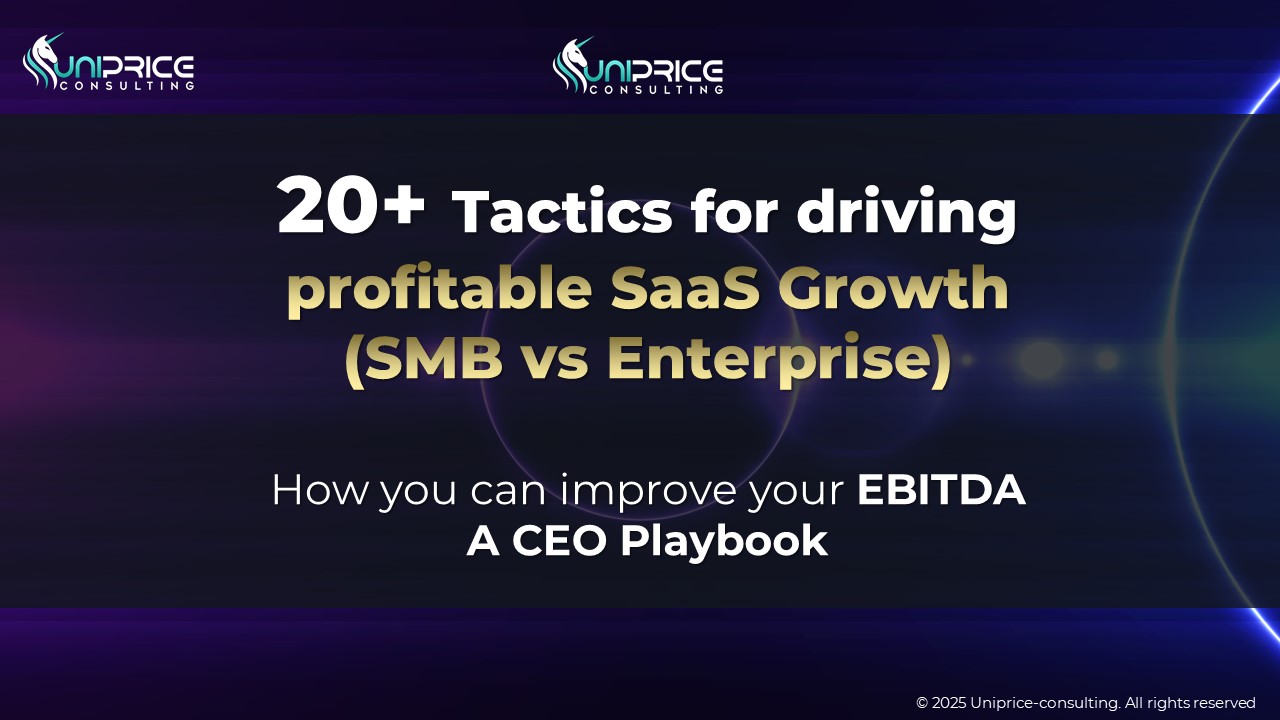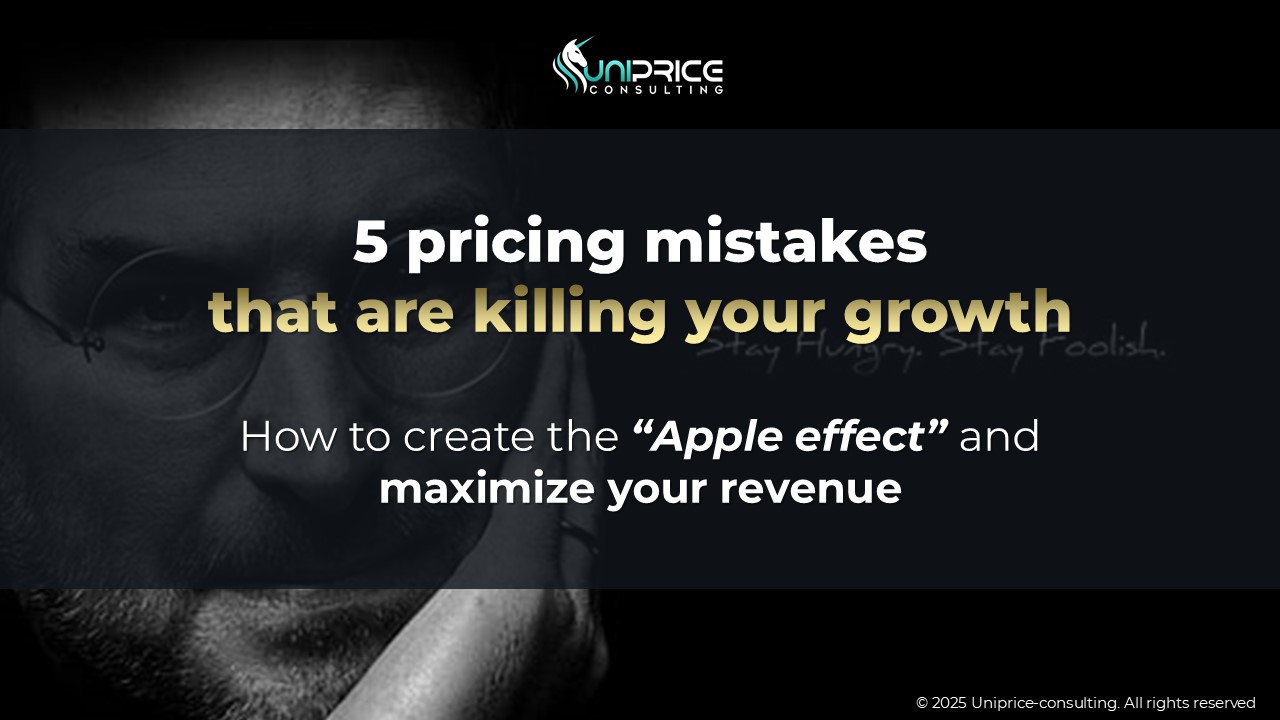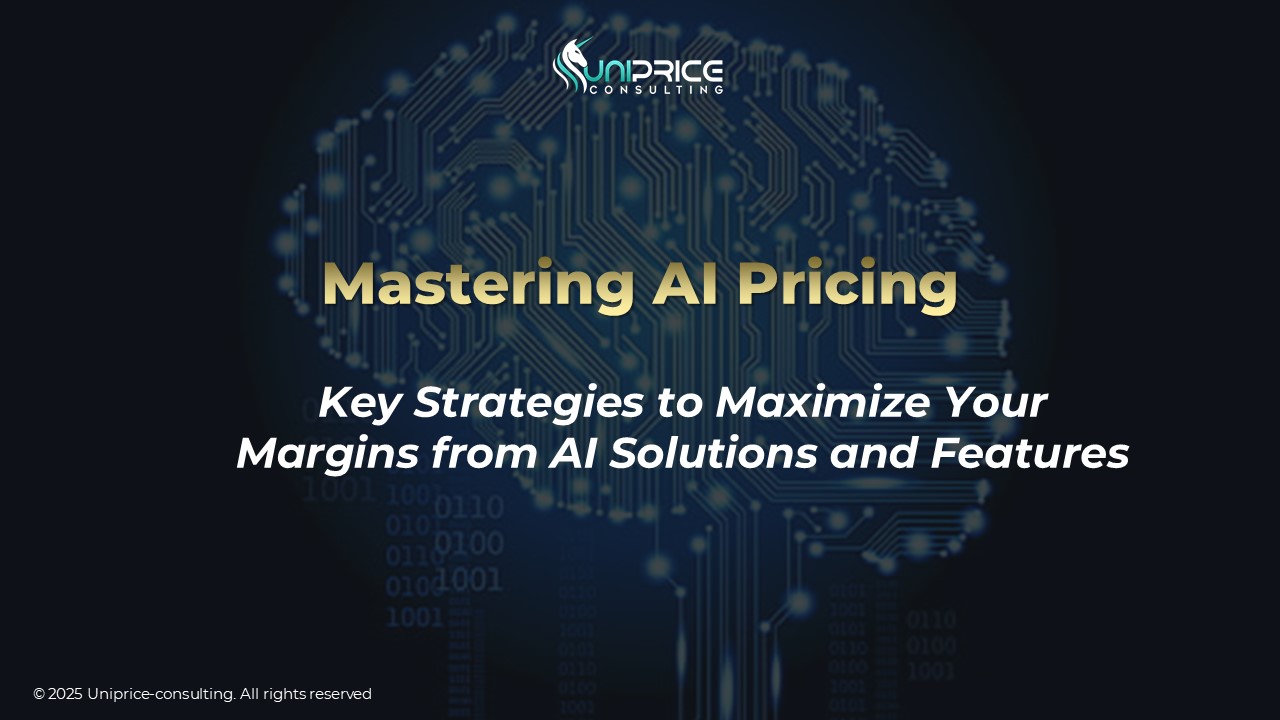Pricing a SaaS product isn’t just about numbers—it’s a strategic lever that impacts perceived value, conversion rates, and customer retention. Yet, many companies make costly pricing mistakes that limit their growth potential and shrink their margins.
Here are the five most common SaaS pricing mistakes and, more importantly, how to fix them.
1. Pricing Too Low and Devaluing Your Product
One of the most counterintuitive SaaS pitfalls is setting prices too low in an attempt to attract more customers. In reality, this can send the wrong signal about your product’s value.
Why is this a problem?
• A low price can make your product seem cheap or unreliable.
• Enterprises look for stability and long-term value—they may hesitate to adopt a product that feels “low-cost.”
• Raising prices later becomes a challenge once customers are used to paying less.
How to avoid it?
• Price based on value, not just competition.
• Test gradual price increases to see how the market reacts.
• Structure your plans with clear tiers that offer premium features for customers willing to pay more.
2. Choosing the Wrong Value Metric
SaaS companies use different pricing metrics: per user, per API call, per data volume, per feature usage, etc. But choosing the wrong one can confuse customers and distort the perceived value of your product.
Common mistakes:
• Charging per user for a tool that impacts an entire company (e.g., an analytics platform used by one person but benefiting the entire organization).
• Charging per API call when users can’t predict their consumption, creating billing anxiety.
• Having a rigid pricing model that doesn’t scale with customer growth.
How to fix it?
• Align pricing with actual customer value. If your tool impacts revenue, pricing based on business growth may be more relevant.
• Avoid overly complex or unpredictable models. Customers should easily understand their bill.
• Test different metrics to identify what drives the most adoption and retention.
3. A Purchase Process That’s Too Complicated
If a prospect has to sit through three sales calls just to get a price, you’ve already lost them.
Common pitfalls:
• No transparent pricing—forcing customers to contact sales just to get an estimate.
• Too much friction in the sales process—long demos, excessive meetings, and unnecessary steps.
• No free trial or proof-of-concept (POC)—making it hard for users to assess value quickly.
How to fix it?
• Make pricing visible and clear to reduce frustration.
• Simplify the buying journey by removing unnecessary steps.
• Offer free trials or low-commitment POCs to lower entry barriers.
A SaaS product that’s easy to test and understand converts better and faster.
4. A Broken Upsell Strategy
Customer acquisition is expensive. Maximizing expansion revenue through upselling and cross-selling is critical—but too many SaaS companies fail to structure their pricing for seamless upgrades.
Common mistakes:
• An entry-level plan that’s too generous, giving users no reason to upgrade.
• Rigid plan structures that make it hard for customers to move to a higher tier.
• No proactive upsell triggers based on customer usage.
How to fix it?
• Create natural upgrade incentives by limiting key features in lower plans.
• Use automated upsell triggers—for example, notifying users when they approach a plan limit.
• Make upgrading frictionless—allowing users to move to a higher plan with one click.
5. Static Pricing That Doesn’t Adapt
A pricing model should never be static. Your product evolves, the market changes, and your pricing strategy must follow.
Signs you need to update your pricing:
• Your product has significantly improved, but pricing has remained the same.
• Your mid-tier plan isn’t selling, indicating a misalignment in pricing tiers.
• Competitors have adjusted their pricing, making your offer less competitive.
How to fix it?
• Review pricing regularly based on customer feedback and conversion data.
• Test price variations on specific customer segments before rolling out changes.
• Avoid over-discounting entry-level plans, so there’s room for pricing evolution.
Conclusion: A Good Pricing Strategy Is Always Evolving
Pricing isn’t just a number on a page—it’s a core business strategy that directly impacts growth and profitability.
Key Takeaways for an Effective SaaS Pricing Model:
- Price based on perceived value, not just competition.
- Choose the right value metric that aligns with actual customer impact.
- Simplify the buying process to reduce friction and increase conversions.
- Optimize upsells with clear upgrade paths and incentives.
- Continuously iterate on pricing to stay aligned with market trends and product evolution.
A strong pricing strategy isn’t set in stone—it’s a work in progress that should evolve as your SaaS scales.
Need to optimize your monetization strategy? Contact us for an in-depth pricing analysis.
Lyas Driad
Ceo








